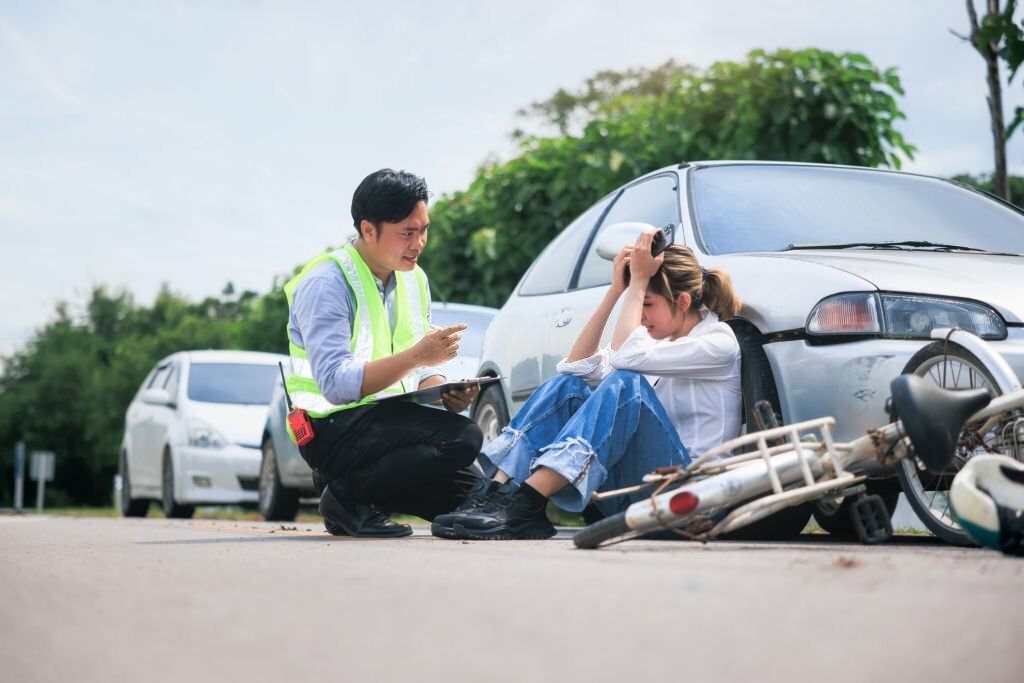In the dynamic landscape of the moving industry, navigating the complex web of legal requirements and licensing regulations is crucial for long distance movers. As the demand for relocation services continues to rise, so does the need for comprehensive legal protection.
From obtaining the appropriate licenses to understanding interstate regulations, this strategic guide aims to provide movers with the essential knowledge to ensure compliance and mitigate legal risks.
Understanding Licensing Requirements
Before delving into the specifics of licensing, it’s essential to grasp the overarching framework governing the moving industry. In the United States, the Department of Transportation (DOT) and the Federal Motor Carrier Safety Administration (FMCSA) play a central role in regulating interstate transportation, including long-distance moving services.
Licensing not only legitimizes Brooklyn long-distance movers’ operations but also instills confidence in customers, assuring them of professional standards and legal protection throughout the relocation process.

Interstate vs. Intrastate Licensing
One of the fundamental distinctions in licensing pertains to the type of moving services offered: interstate or intrastate.
Interstate movers operate across state lines, while intrastate movers confine their services within a single state. Understanding this differentiation is crucial, as it dictates the applicable regulations and licensing requirements.
DOT Number
For interstate movers, obtaining a Department of Transportation (DOT) number is a prerequisite. This unique identifier serves as a form of registration with the FMCSA and is essential for conducting interstate transportation of goods.
The application process involves submitting pertinent business information and undergoing a safety audit to ensure compliance with federal regulations.
Motor Carrier (MC) Number
In addition to a DOT number, interstate movers must also obtain a Motor Carrier (MC) number from the FMCSA. This designation further validates the mover’s authority to engage in interstate transportation of household goods. Similar to the DOT number, acquiring an MC number entails completing an application and adhering to safety standards.
State Licensing
Intrastate movers are subject to state-specific licensing requirements, which vary considerably across jurisdictions. Some states mandate the registration of moving companies with local authorities or transportation agencies, while others impose more stringent regulations, such as bonding or insurance prerequisites.
Movers operating solely within a single state must diligently research and comply with the applicable state licensing provisions.
Compliance with Federal Regulations
In addition to obtaining the requisite licenses, long distance movers must adhere to a myriad of federal regulations governing various aspects of their operations. From cargo insurance to driver qualifications, compliance with these mandates is paramount to ensuring legal protection and maintaining industry standards.

Cargo Insurance
Under federal regulations, interstate movers are obligated to provide cargo insurance coverage to protect customers’ belongings during transit.
The minimum insurance requirements are determined by the weight of the goods being transported, with higher coverage limits applicable to heavier shipments. Movers must furnish proof of insurance and disclose their coverage options to clients to foster transparency and trust.
Hours of Service (HOS) Regulations
To prevent driver fatigue and promote road safety, the FMCSA imposes Hours of Service (HOS) regulations on commercial motor vehicle operators, including long distance movers.
These regulations stipulate the maximum number of driving hours and mandatory rest periods for drivers to ensure adequate rest and mitigate the risk of accidents. Compliance with HOS regulations is non-negotiable, as violations can result in severe penalties and jeopardize the mover’s license.
Driver Qualifications
The FMCSA sets forth stringent requirements concerning the qualifications and licensing of commercial drivers employed by moving companies.
Drivers must possess a valid commercial driver’s license (CDL) with the appropriate endorsements, such as hazardous materials or passenger transport, depending on the nature of the cargo being transported. Additionally, movers are responsible for conducting thorough background checks and drug screenings to verify the fitness of their drivers for duty.
Mitigating Legal Risks
Despite meticulous planning and adherence to regulatory mandates, long distance movers are susceptible to legal challenges and disputes arising from various sources. From contract discrepancies to liability claims, mitigating these risks requires a proactive approach and comprehensive legal safeguards.

Contractual Agreements
Clear and concise contractual agreements form the cornerstone of legal protection for movers and their clients. These agreements should delineate the scope of services, pricing structures, liability provisions, and dispute resolution mechanisms to mitigate misunderstandings and conflicts.
Additionally, incorporating indemnification clauses and limitation of liability provisions can further shield movers from potential litigation and financial liabilities.
Insurance Coverage
In addition to cargo insurance, long distance movers should invest in comprehensive liability insurance coverage to safeguard against unforeseen liabilities and litigation.
General liability insurance, professional liability insurance, and commercial auto insurance are among the essential policies that movers should consider to mitigate legal risks and protect their assets.
Risk Management Protocols
Implementing robust risk management protocols is essential for identifying and mitigating potential legal risks before they escalate into liabilities.
Conducting thorough background checks on employees, maintaining accurate records of transactions and communications, and adhering to industry best practices can significantly reduce the likelihood of legal disputes and regulatory violations.
Conclusion
Navigating the intricacies of licensing and legal compliance is indispensable for long distance movers seeking to thrive in a competitive marketplace while safeguarding their interests and reputation.
By understanding the regulatory landscape, adhering to federal and state mandates, and implementing proactive risk management strategies, movers can position themselves for success while ensuring the highest standards of service and legal protection for their clients.




